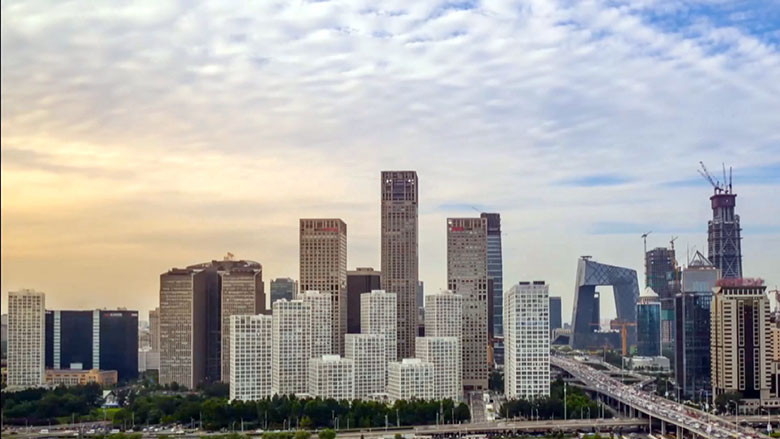Challenge
China was home to many of the world’s most polluted cities and is the world’s largest emitter of greenhouse gases (GHGs). The Beijing-Tianjin-Hebei (Jing-Jin-Ji) region experienced particularly severe air pollution, with an annual average fine particulate matter (PM2.5) concentration of 93 micrograms per cubic meter (μg/m3) in 2014, which far exceeded both China’s national standard and the standard advised by the World Health Organization (WHO).
According to 2015 estimates by the Chinese Academy for Environmental Planning (CAEP), emissions of PM2.5, sulfur dioxide (SO2) and nitrogen oxides (NOx) substantially exceeded the cities’ environmental absorptive capacity by 80 percent, 50 percent, and 70 percent respectively.
Because severe air pollution has serious adverse impacts on human health, the Government of China declared a war on air pollution and put in place a comprehensive government program to tackle it. But achieving the government’s goals required a substantial amount of green financing.
Approach
The Innovative Financing for Air Pollution Control in Jing-Jin-Ji Program was the first operation to use the Program for Result (PforR) instrument in the energy sector in China. The program was designed to support the implementation of the government’s Air Pollution Control Action Plan and the 13th Five-Year Plan (2016-2020) for energy efficiency and clean energy, with a focus on controlling air pollutants at their source by improving energy efficiency and expanding clean energy.
The program brought in much-needed financing by mainstreaming green financing in financial institutions to contribute to the government’s targets. The program supported a commercial bank, Huaxia Bank, to provide financing for enterprises to reduce air pollutants and carbon emissions by increasing energy efficiency, investing in clean energy, and tightening air pollution controls.

